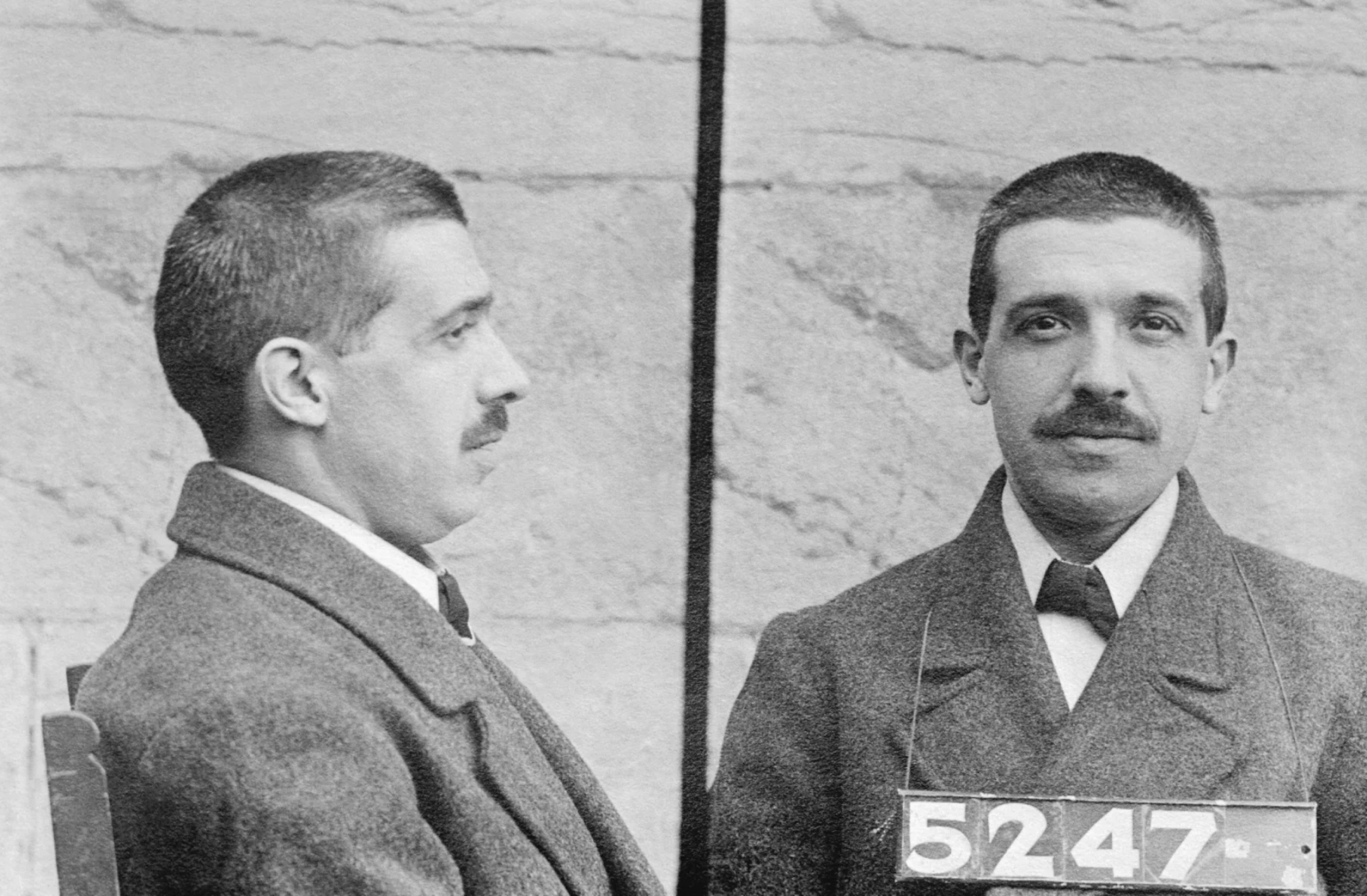There is a fascinating long-form article in the Washington Post about the murder of an investigative reporter who was looking into a Ponzi scheme in Las Vegas last year.1 It’s a riveting and terrible story, and the Post focused on the highlights: Lost monies, Mormons, FBI investigations, guns, and murder.
I read this as I was putting together my deck on how not to get ripped off by investment fraud, this led me to focus on a slightly different aspect of this grim tale:
“Authorities had long suspected Beasley of running a massive Ponzi scheme with his business partner, Jeffrey Judd, that mainly targeted Mormons, as members of the Church of Jesus Christ of Latter-day Saints are often called. The investment was pitched as a nearly risk-free opportunity to earn annual returns of 50 percent by lending money to slip-and-fall victims awaiting checks after the settlement of their lawsuits.” (emphasis added)
The red flags were there for anyone who could put their greed aside and simply focus on the math. In the 2010s, the true risk-free rate of returns – 10-Year Treasuries – was yielding ~2.5%, so how could anything remotely risk-free be yielding 20 times that amount?
Compare this to the 2000s era sub-prime mortgage-backed securities (MBS), where it was obvious (to some in the 2000s2) that these could not deliver a few 100 basis points above the 10-year without taking on a whole lot more risk. The difference between Treasuries’ 4% and subprime’s 6% is almost quaint compared to this example’s “near risk-free returns” of 50% versus the 10-year’s 2.5%.
When your Spidey-sense begins to tingle, you should pay attention. Here are some questions you would want to ask:
-Why can’t you borrow at less than a 50% rate?
-How lucrative are the Personal Injury awards that someone would be willing to give up half rather than waiting a few months?
-What other borrowing facilities have you investigated?
-Have any private equity firms considered this deal?
-Which institutions, banks, VCs have you presented this?
-What other opportunities are aware of that are currently paying 50%?
It doesn’t take much analysis to recognize that this is a terrible deal for the people who are paying 50%. It’s so bad for them, and so good for the investors, it makes no sense. That is one giant 🚩 red flag.
There are many different ways to say this:
If it sounds too good to be true, it probably is.
There Ain’t No Such Thing as a Free Lunch. (TANSTAAFL)
Reward is a function of assumed risk.
It’s one thing to recognize how great the odds are stacked against you when buying a lottery ticket; it is something else entirely to think that a safe risk-free investment is going to generate lottery-like gains. Let’s assume this Ponzi scheme was more akin to MBS – a legitimate investment whose risk was discounted by aggressive sales, but one that eventually went bust. Legal, but a terrible investment, and a poor alignment of risks relative to reward.
Never confuse risk-free returns with return-free risks.
Until we start implanting chips in people’s heads, Human nature will remain forever and always vulnerable to those who would manipulate your emotions. At least if you are aware of what these things look like, you stand a fair chance of avoiding the worst of them.
Previously:
How to Avoid Financial Disasters (January 26, 2023)
If It Sounds Too Good To Be True… (September 18, 2022)
All the Ways You Can Get Defrauded (July 8, 2021)
Advice for Rich Uncles and Others . . . (August 10, 2007)
Source:
An alleged $500 million Ponzi scheme preyed on Mormons. It ended with FBI gunfire.
By Lizzie Johnson
Washington Post, February 1, 2023
__________
1. Las Vegas investigative reporter Jeff German was slain outside his home on Sept. 2; a Clark County official he had investigated is charged in his death. To continue German’s work, The Washington Post teamed up with his newspaper, the Las Vegas Review-Journal, to complete one of the stories he’d planned to pursue before his killing. A folder on German’s desk contained court documents he’d started to gather about an alleged Ponzi scheme that left hundreds of victims – many of them Mormon – in its wake. Post reporter Lizzie Johnson began investigating, working with Review-Journal photographer Rachel Aston.
2. As a comparison, the sales pitch from Lehman Brothers and Bear Stearns were that their MBS were “as safe as treasuries but yielding 250-300 bps more” or about double the 10-Year yield. It was obvious to a small number of analysts in this space that this was not viable.


